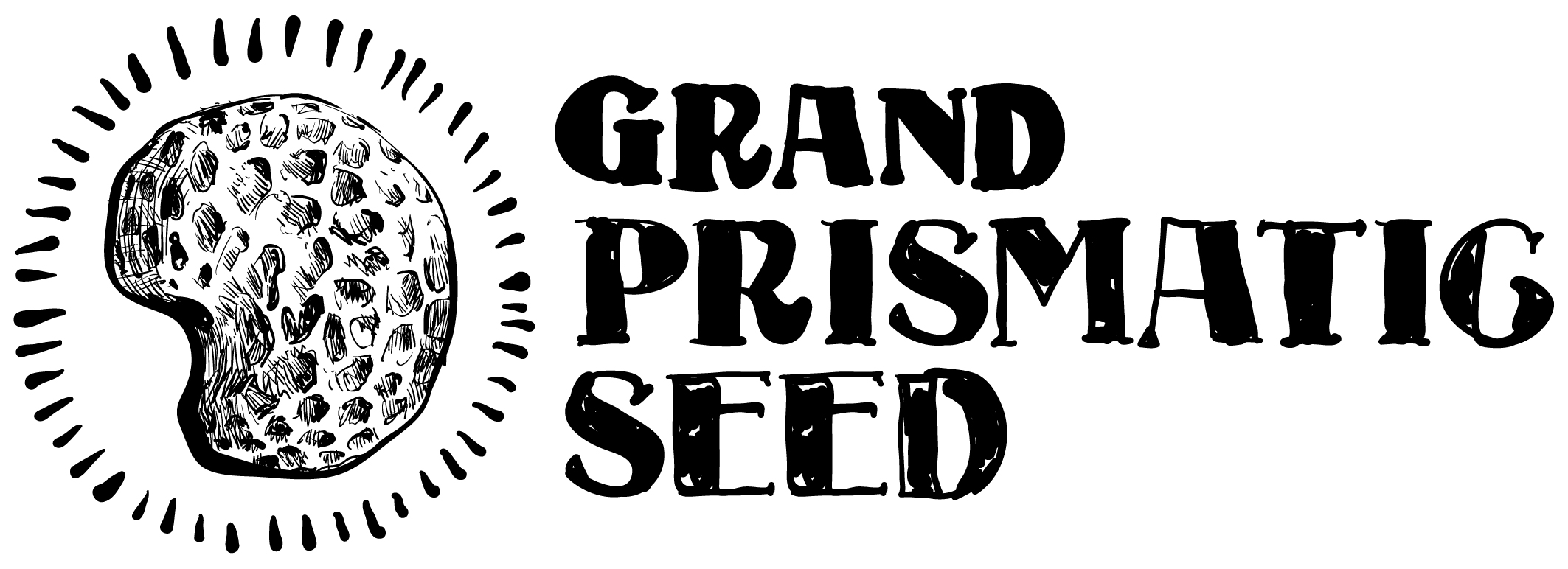Self Heal




Self Heal
Prunella vulgaris var. lanceolata
A beautiful, perennial native wildflower in the mint family, found in moist to somewhat dry areas of woodlands, meadows, prairies and wetlands up to 8,000 feet elevation in our region. Several closely related subspecies are widespread across the northern hemisphere. These bloom in cone-like heads of deep purple flowers. They will sprawl and self seed when available moisture and ‘disturbed’ or available bare ground is available. This variety has somewhat larger flowers and narrower, lance-like leaves than the even more widespread Eurasian subspecies (Prunella vulgaris). Bloom time is from mid spring to early fall depending on available moisture, nutrients, and sunlight. Deadheading or harvesting flowerheads before seed set can also prolong bloom time.
This plant is a great pollinator plant, small cut flower, edible potherb and has many uses in western herbal traditions and Traditional Chinese Medicine. Many of its traditional medicinal uses are being borne out by scientific research as the biological activity of its rich chemistry is further investigated. Selfheal shows multiple properties such as: anti-microbial, anti-cancer, and anti-inflammation among others 1).
Traditional medicinal applications include: topical poultices of the macerated leaves and stems for wounds, and rashes, teas of the leaves, flowers and seed heads for a wide range of treatments.
The leaves and flowers are also edible fresh in a salad or as a potherb, they have a fresh, slightly bitter taste and a demulcent quality, probably best eaten in moderation or in a mix with other greens. These plants are known to concentrate lead so do not forage them from roadsides and be careful of potentially contaminated soils in the home landscape.
Moist to dry growing conditions, full to part sun. Adaptable to a wide range of soil conditions. These plants can be grown as groundcovers, as part of a turf, they will still bloom on short stems with mowing. They also are an excellent addition to pollinator and beneficial insect plantings, habitat plantings for birds and insects and meadow plantings. The seeds or ‘nutlets’ are enjoyed by a variety of seed eating birds. These plants are a good pioneer species for habitat enrichment in prairie, meadow and wetland restorations due to their ability to establish quickly and compete with weeds.
Perennial in USDA hardiness zones: 4-9
Evergreen in milder conditions.
Seed germinates without a cold treatment. Can be direct sown into prepared ground in spring or fall. Long term stands of these plants benefit from occasional disturbance such as: raking, tillage, fire, flood, gopher, soil turnover, etc. to provide fresh ground for seedlings.
Packet: 100 seeds
Citation:
1). Wang SJ, Wang XH, Dai YY, Ma MH, Rahman K, Nian H, Zhang H. Prunella vulgaris: A Comprehensive Review of Chemical Constituents, Pharmacological Effects and Clinical Applications. Curr Pharm Des. 2019;25(3):359-369. doi: 10.2174/1381612825666190313121608. PMID: 30864498.
